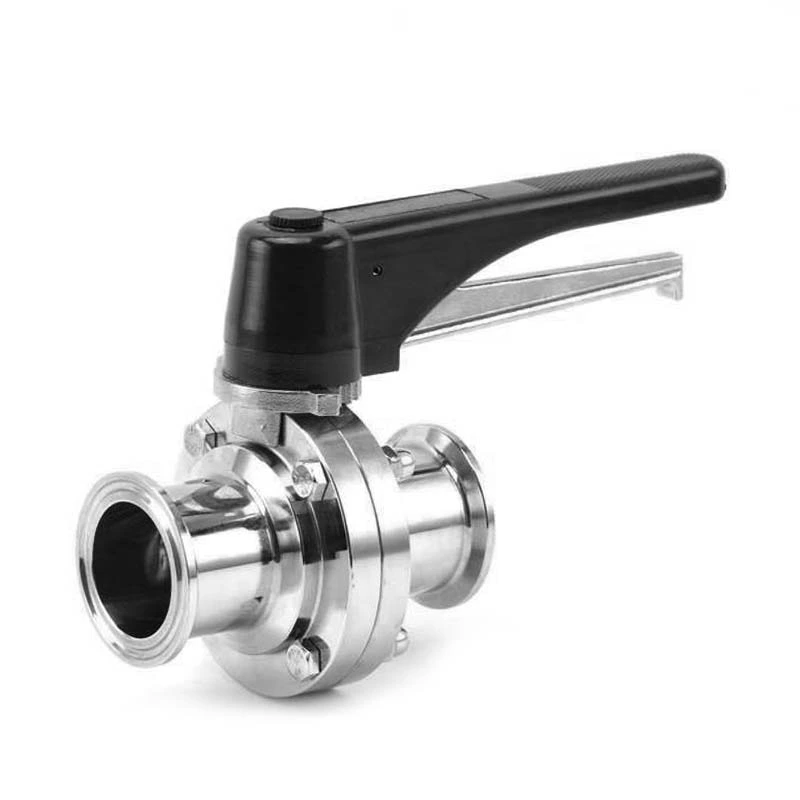How To Anneal Stainless Steel Anti-leak Butterfly Valve
Sanitary Butterfly Valve How to anneal
Stainless steel anti-leak butterfly valves are used for deep drawing purposes such as kitchen equipment, utensils, and household appliances. Therefore, the cold forming performance of this type of ferritic stainless steel is very important. In addition to the influence of chemical composition on cold forming performance, the production process also has an important influence on cold forming performance. In the production process of ferritic stainless steel anti-leak butterfly valves, in order to meet the requirements of cold rolling, a key and expensive process is
annealing after hot rolling. The traditional process route is that hot-rolled strip steel must be annealed in a bell furnace. The entire annealing cycle is long and the energy consumption is very high. In order to reduce energy consumption, reduce consumption costs, improve product competitiveness, and at the same time meet the requirements of cold rolling for hot-rolled strip steel, ThyssenKrupp AST of Germany has developed a new process that consumes less energy and time than the bell furnace annealing process, which is cost competitive and can fully meet the requirements of cold rolling, based on its own large-scale consumption of ferritic stainless steel, of which about 20% is 430 ferritic stainless steel. After years of research and experiments, it has developed a new process that is lower in energy consumption and time-consuming than the bell furnace annealing process, which is cost-competitive and can fully meet the requirements of cold rolling, namely the direct annealing process. The basic principle of this process is to use the residual heat after hot rolling to immediately carry out annealing treatment.
